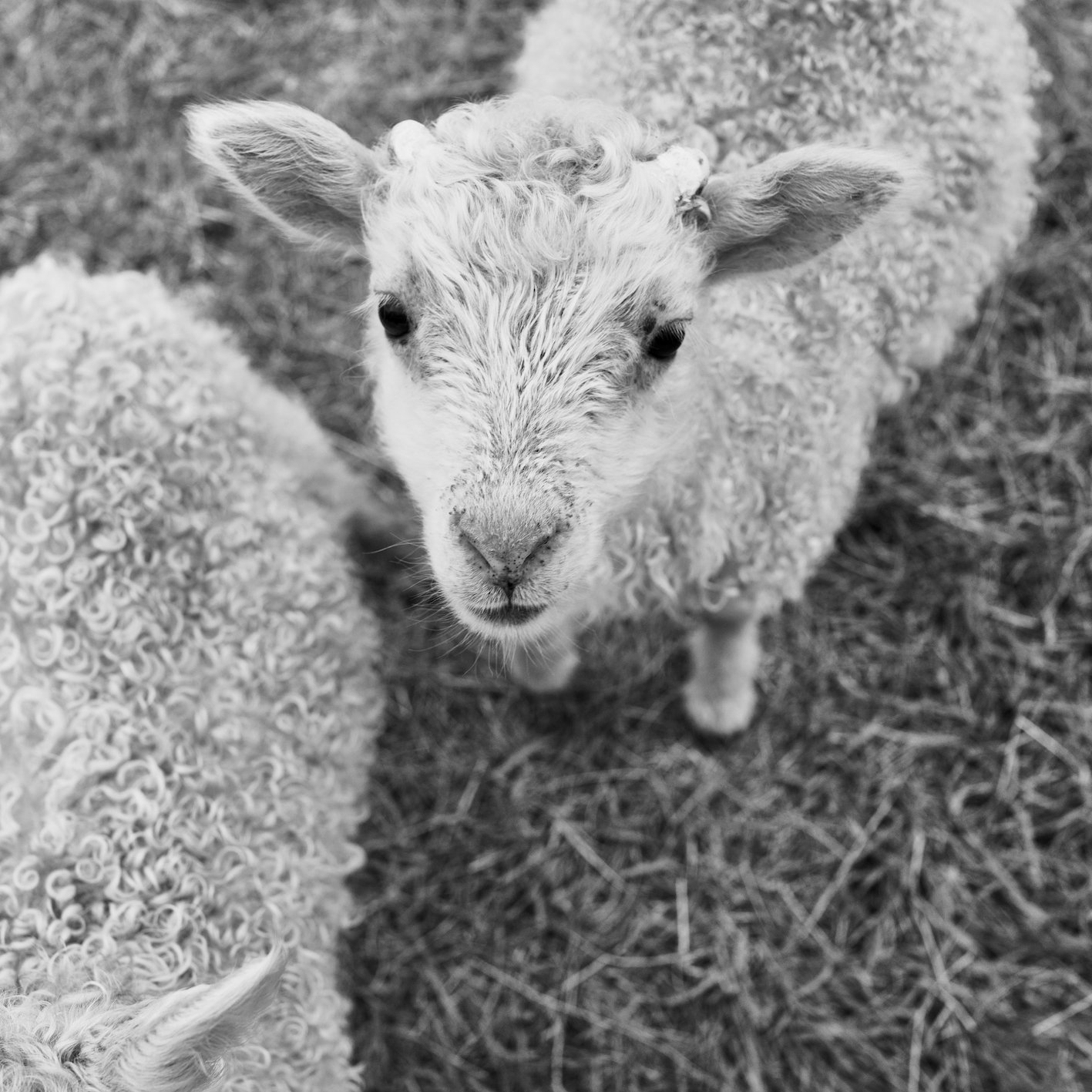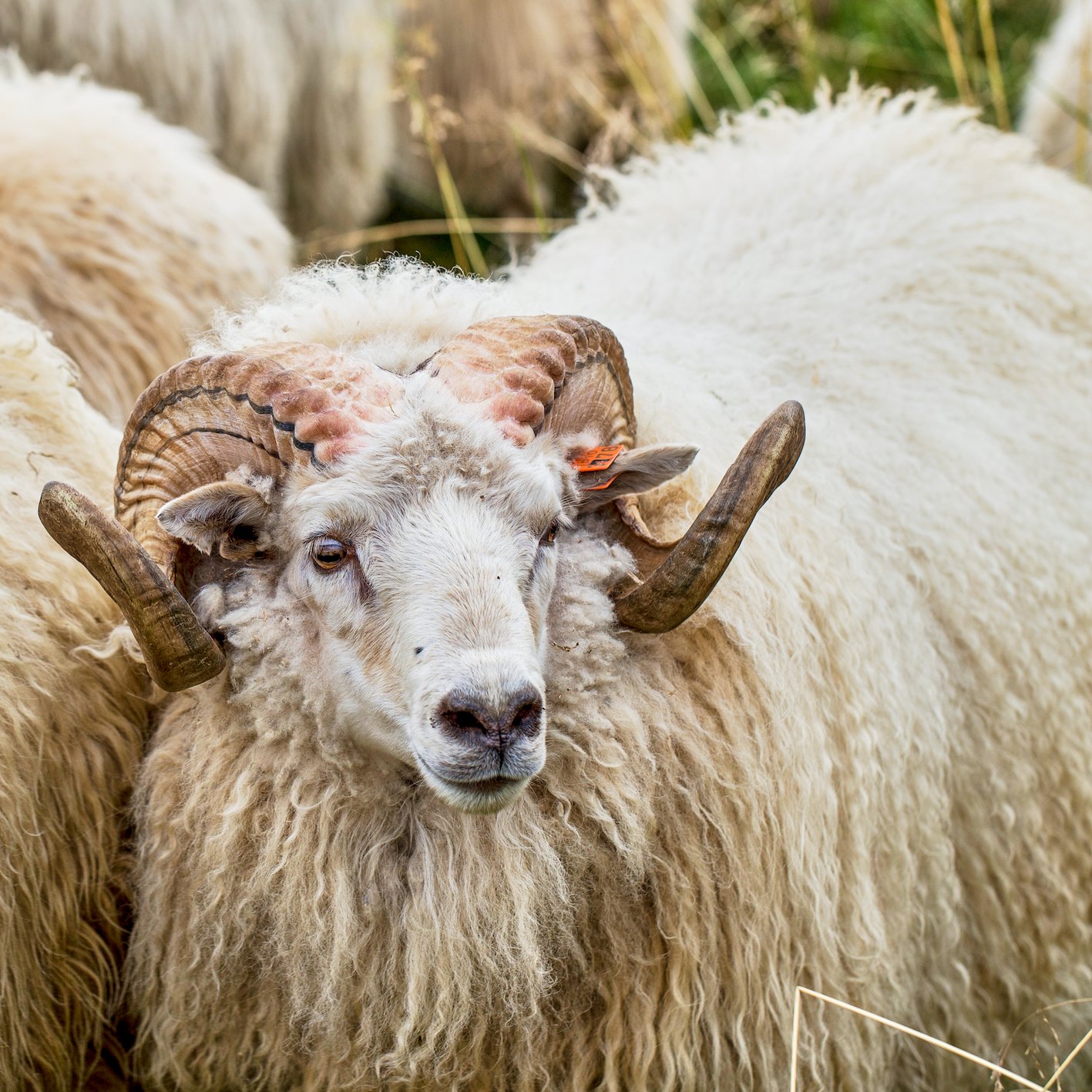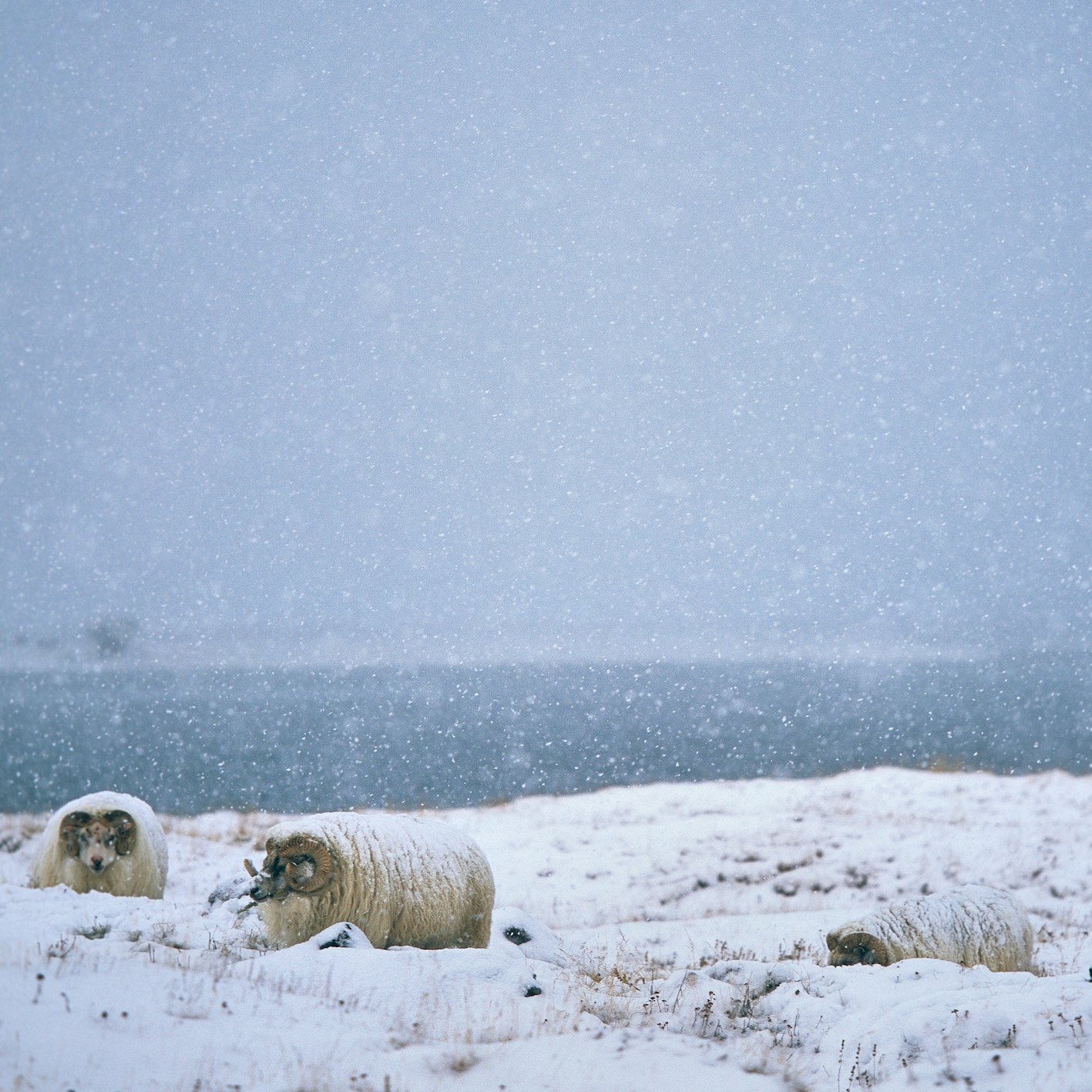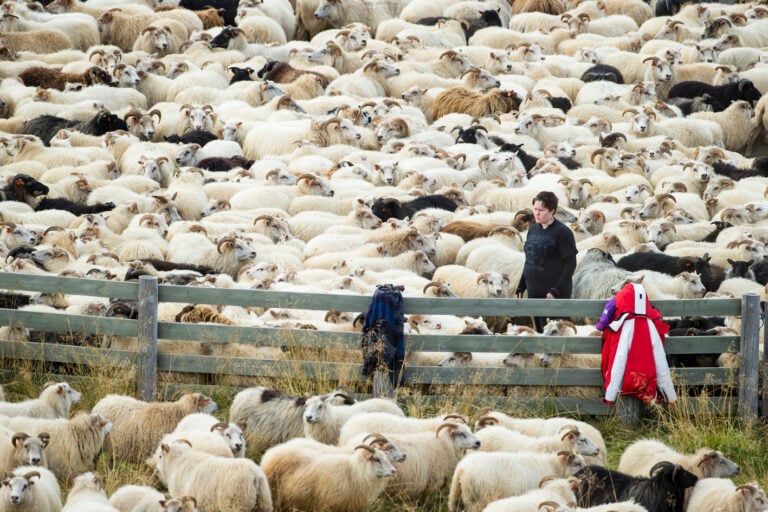It can be convincingly argued that sheep sustained the Icelandic nation for the first 1100 years, continuing well into the mid-20th century. They provided both food and the unique wool that kept us warm in the northern climate. Today, for the first time in Icelandic history, the human population exceeds the sheep population. According to Statistics Iceland, there are currently 365,290 sheep in Iceland, while the population stands at 403,044 according to the National Registry. The highest number of sheep recorded since the settlement was in 1977, with 896,000 sheep, compared to a human population of 222,658 at that time. In 1760, there were 357,000 sheep and 43,716 people in the country. If the sheep-to-human ratio were the same today, there would be 3.5 million sheep instead of 365,000. Consumption habits have also shifted. Two years ago, lamb lost its position as the most consumed meat in Iceland after holding the top spot for 1147 years. Chicken became the most consumed meat, and last year pork overtook lamb as well. These changing times have seen lamb fall to third place after over a thousand years at the top.




Reykjavík 27/05/2024: RX1R II, A7C R – FE 2.8/100mm GM, 2.0/35mm Z
Photos & text: Páll Stefánsson




